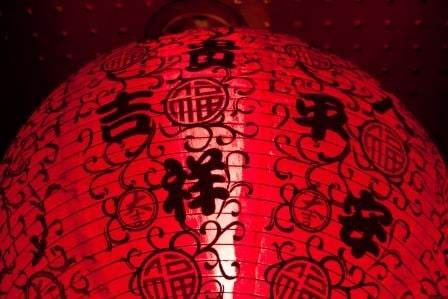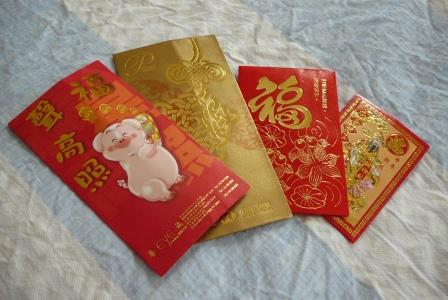Your Guide to Celebrating Chinese New Year in 2017
Chinese New Year is fast approaching and if you’re living in a city that has a strong Chinese presence you’ll soon see preparations underway for the January 28th holiday. If you’re new to Chinese New Year, you may be intimidated at the prospect of taking part in local festivals and events because you’re afraid you’ll do something culturally inappropriate. Don’t worry, we’ve got you covered. Check out our guide to celebrating Chinese New Year so you can welcome the Year of the Rooster in style!

Photo via Flickr
Family Time
Chinese New Year is similar to the West’s Christmas in that families gather to celebrate the holiday together. In countries like Taiwan and China this can mean that many people leave the major cities to travel to their home provinces. As a result, things can get a little crazy! Travel prices in Asia take a major hike and venturing to a new country can be expensive. Remember, this is one of the highest traveling seasons of the year for certain countries, so unless you’ve planned a trip way in advance, you’re better off just staying where you are and celebrating with local friends.
Cleaning Time
In the days leading up to Chinese New Year’s Eve (Jan. 27th), people tend to clean house. This is traditionally called ‘sweeping the dust’ and represents the desire to put old things behind and begin anew. It’s also a way to welcome the New Year and, of course, prepare for the many guests that will visit during the Chinese New Year celebrations.
Buying Time
Stereotypically, Chinese people are considered to be quite thrifty, but during the New Year they love to pull out all the stops! In countries with a heavy Chinese population, Chinese New Year is a booming time for shopping. People usually go out and purchase new clothes to wear during the festivals as well as decorations for their homes and small gifts. A very common purchase is a potted mandarin tree. You’ll probably see these everywhere during Chinese New Year and for good reason. Because mandarins are gold in color, they represent good fortune, happiness, and prosperity.

Photo via Flickr
Decorating Time
On the eve of Chinese New Year, most people decorate their homes with a variety of items in the traditional lucky red color. These can include lanterns, door hangings, paper cutouts, and Spring couplets. Spring couplets are paired phrases, usually about seven characters long , that are pasted on each side of the door frame and invoke good wishes for the New Year. Of course since this is the Year of the Rooster, you’ll see this perky animal featured in all the décor!
Learning Chinese? Check out our free Chinese placement test to see how your level measures up!
Eating Time
Traditional Chinese also have a New Year’s Feast where the entire family reunites for a good meal. A very common dish at almost any feast is the jiaozi or dumplings. These can be stuffed with a variety of tasty treats, but they are symbolic because they resemble ancient Chinese currency and therefore represent wealth and prosperity. Niangao or sticky rice cake is another popular Chinese New Year dish you may encounter if you take part in a family meal.

Photo via Flickr
Gifting Time
If you are invited to partake in the Chinese New Year’s Feast, you must be sure to not show up empty-handed! Bring a gift of mandarins, tangerines, or oranges to indicate that you wish your hosts the best in the New Year. Also, pack a few hongbao to gift to the children of the family. Hongbao are red envelopes containing money and is a traditional present given to young ones during the New Year. You’ll impress your friends when you follow this custom (and the kids will love you too)!
Firework Time
People stay up late on New Year’s Eve to welcome the coming year and in many towns there is the tradition of lighting up fireworks just as the clock strikes midnight. In larger cities the practice has been banned due to the noise as well as environmental issues, but in smaller towns and villages you can still find people lighting them up. As soon as the New Year rolls around, these places can become astoundingly loud with all that crazy racket!
Visiting Time
On the first day of the New Year, people pay visits to offer gongxi or respectful wishes. Usually younger generations will don their new clothes and step out to see their elders, and if you decide to take part don’t forget that a gift of mandarin or oranges is never amiss! You’ll also see plenty of Lion and Dragon dances as you make the rounds!
What are some Chinese New Year traditions you’re familiar with? Share some of your customs with us!
